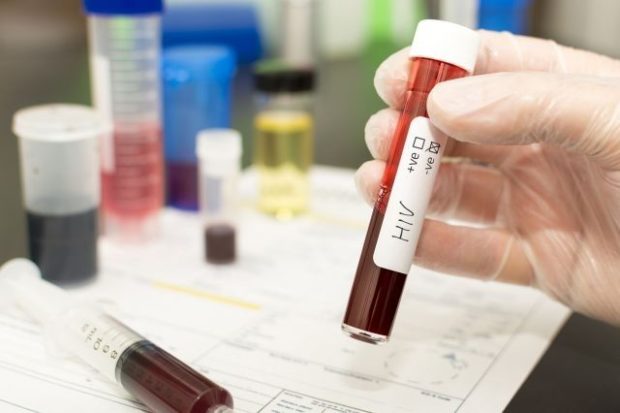HIV Cure: US and Gates Foundation Plan $200M for Sickle Cell
The US government and the Bill and Melinda Gates Foundation pledged Wednesday to jointly invest $200 million over the next four years to achieve affordable gene therapy-based cures for sickle cell disease (SCD) and HIV.
The administration of President Donald Trump announced earlier this year its intention to end the HIV epidemic over the next decade and has also identified SCD, which disproportionately affects people of African descent, as a condition requiring greater attention.
Melinda and I feel pressure to make every dollar and every day count, which is why we say no to a lot more opportunities than we say yes to. Working with partners around the world to #EndPolio has been a fight worth every dollar. https://t.co/a3gcP3M2HV
— Bill Gates (@BillGates) October 23, 2019
Gene therapy is a relatively new area of medicine designed to replace faulty genes in the body that are responsible for a disorder and has been responsible for new treatments for blindness and certain types of leukemia.
But the treatments are complex and costly, ruling them out as an option for most of the world.
Francis Collins, director of the National Institutes of Health, said the collaboration would focus therefore on “access, scalability, and affordability” to make sure the eventual treatments are available globally.
The NIH and Gates Foundation aim to achieve clinical trials in the United States and countries in sub-Saharan Africa within the next seven to 10 years.
Sickle cell disease is a group of inherited red blood cell disorders characterized by the presence of an abnormal protein in the red blood cells, causing the feet and hands to swell, fatigue, jaundice, and episodic or chronic pain.
Over time the disease can harm a patients’ vital organs, bones, joints, and skin and it is currently only curable via a blood and bone marrow transplant, available to only a tiny fraction of people who have the disease.
When it comes to HIV, antiretroviral therapy (ART) is now able to reduce patients’ viral load to the point that they are undetectable and cannot be further transmitted.
But “a major goal is to find a cure, whereby lifelong ART would not be required,” said the NIH’s Anthony Fauci.
Though SCD is a genetically inherited disease, and HIV is acquired from infection, gene-based treatments are said to hold promise for both, and “many of the technical challenges for gene-based cures are expected to be common to both diseases.”
The goal for SCD is to achieve a gene-based intervention that either corrects the gene mutation responsible or promotes fetal hemoglobin gene expression to achieve normal hemoglobin function.
For HIV, the proposed cure would involve targeting the reservoir of proviral DNA that lurks inside a small number of cells even after many years of ART.
Related Articles
The NIH said that approximately 95 percent of the 38 million people living with HIV globally are in the developing world, with 67 percent in subSaharan Africa, half of whom are living untreated. Around 1.1 million Americans are affected.
SCD affects approximately 100,000 Americans, according to official figures. Fifteen million babies will be born with SCD globally over the next 30 years, with about 75 percent of those births occurring in sub-Saharan Africans, said the NIH.
Inquirer.net will receive a commission on purchases made*



